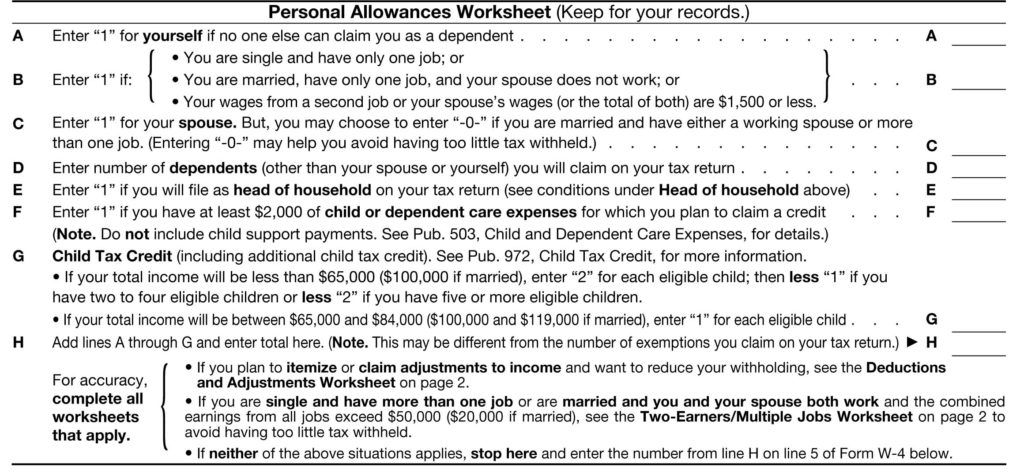Many people have taken on a nanny or babysitter to help with childcare. If you have a nanny, you may have more than a casual contractor engagement, you may have a household employee and you have become an employer. Employers of household employees must obtain an employer identification number, pay Social Security, Medicare, and unemployment tax for any employee wages. Your state may require you to pay unemployment insurance as well.
How can I tell if I have a household employee?
In Publication 926, the IRS considers anyone who is an ongoing household helper to be a household employee, not an independent contractor. If you control not only what work is done, but how it is done, you have an employee. Whether part time, full time, or hired through an agency, hourly, salaried, or paid by the job, you have an employee.
If the worker controls how the work is done, without direction from you, the worker is self-employed. A self-employed person is often one who offers their services to the general public in an independent business.
The IRS excludes spouses and related children under 21 years old as household employees. Grandparents are not considered household employees unless meeting the following exception: they are caring for a child under 18 who has physical or mental conditions requiring adult care for at least 4 continuous weeks in a quarter and the paying party has a marital status meeting one of these conditions: divorced and still unmarried, a widow, or are living with a spouse whose physical or mental conditions prevents them from caring for the child for 4 continuous weeks in a quarter. Additionally, individuals who are under age 18 at any time during the year are also excluded, unless performing household work is that individual’s principal occupation. If he or she is a student, providing household work isn’t considered to be his or her principal occupation.
What are the taxes I must pay if I have an employee?
Federal unemployment taxes (FUTA) must be paid if gross wages are over a threshold, which the IRS has set to be $1,000 in any calendar quarter. After the threshold is reached, FUTA must be paid on the first $7,000 of gross wages for that year.
The IRS has set the 2021 annual requirement threshold for when to start paying Social Security and Medicare taxes to $2,300 ($2,400 for 2022). The 2021 withholding amount for Social Security taxes was set at 6.2%, and Medicare taxes at 1.45%, for a total of 7.65%. Employees and employers are responsible for paying 7.65% each on all cash wages. An employer may choose to pay the employee’s share of these taxes on their behalf..
States also have unemployment taxes. Here in Texas, unemployment is regulated by the Texas Workforce Commission, (TWC), which has specific rules relating to nannies, which they call domestic employment. The threshold for unemployment tax liability is $1,000 gross wages in a quarter. Once passing that threshold, wages must be reported and taxes are owed on all wages starting from January 1 of the same year, for the entire year. TWC allows employers of domestic staff to pay either quarterly or annually. The annual option requires the filing of an Annual Election Form C-20 by December 31st of the following year.
What about income tax withholding?
It is not required that federal income tax is withheld for household employees. Employees should be informed that you will be reporting wages and issuing a W-2 for their taxes at the end of the year. If you choose to withhold federal income tax, IRS publication 15-T will have the current tables used for withholding. State income tax requirements will vary. Luckily, here in Texas we don’t have to worry about state income tax.
What else must I do as an employer?
When you have a household employee, you must collect their information and determine if they can legally work in the United States, including Form I-9. This information will be necessary to issue a W-2 to your employee by January 31 of the following year. The employee gets copies B, C, and 2 of the W-2. The Social Security Administration gets copy 1 along with a Form W-3. By April 15 of the following year, Schedule H should be filed along with your income tax return. If you would not be required to file a return that year, Schedule H still needs to be filed. Records must be kept for at least 7 years.
This seems like a lot for childcare help!
It’s true, once you become an employer there are more steps involved. For this reason, some parents choose to use a service to help source nannies or do the payroll for them. For a processing fee, they will inform parents how much to pay. The processor then takes the money and does the work of withholding and paying federal and local taxes for parents, passing the appropriate net wages on to the nanny. These providers give parents a report at the end of the year for their accountant. Such service providers often also allow the nanny to have their federal income tax withholding done as well.
If you have any additional questions, please contact our office so we may assist.



